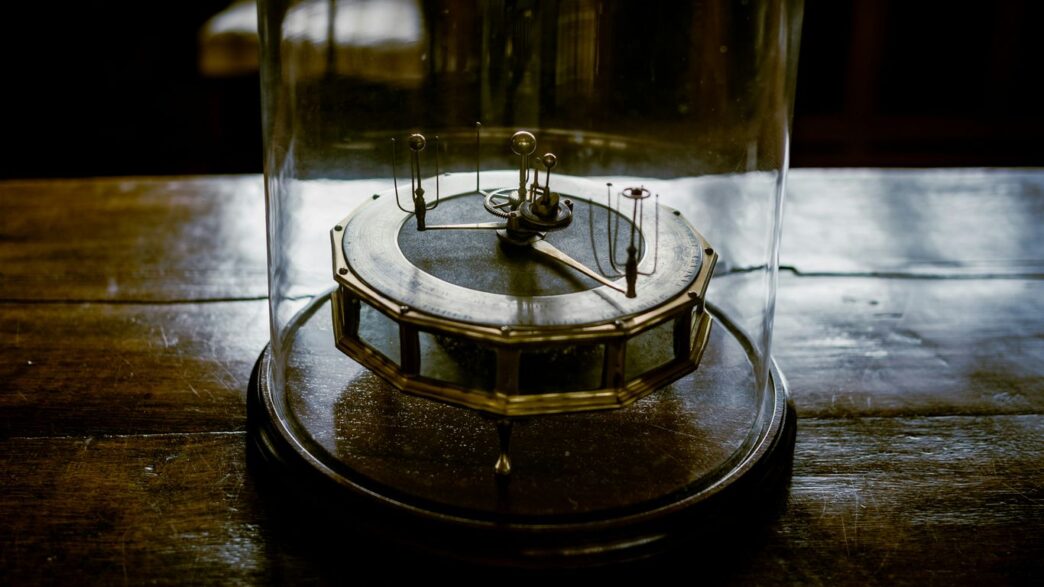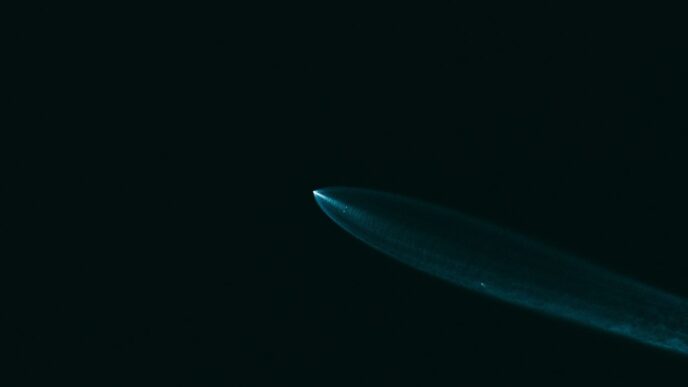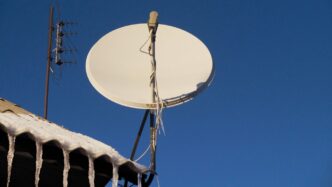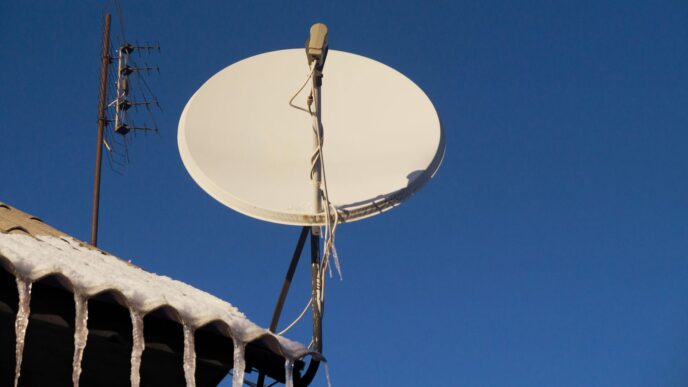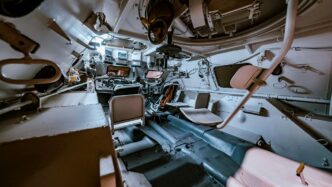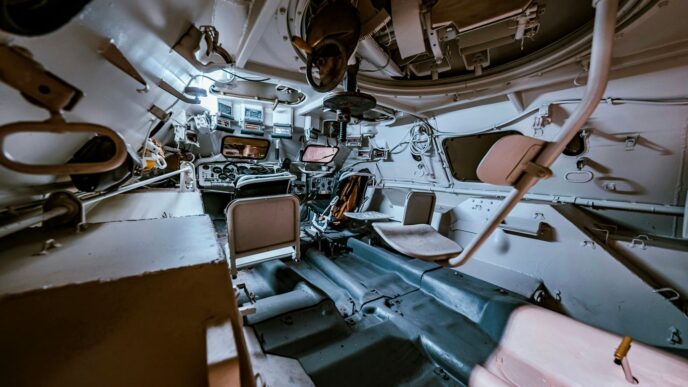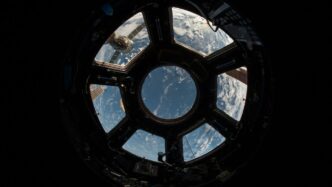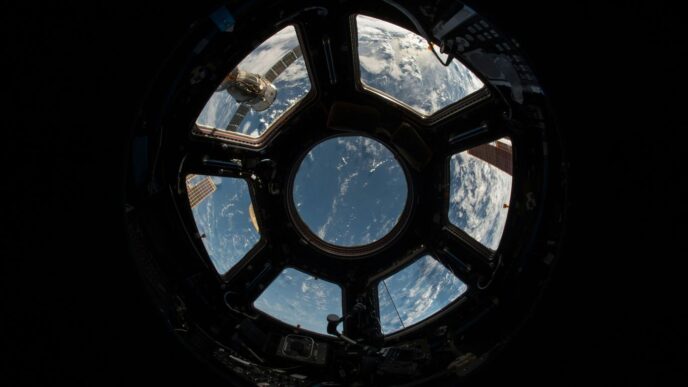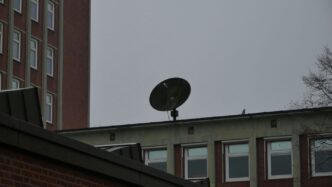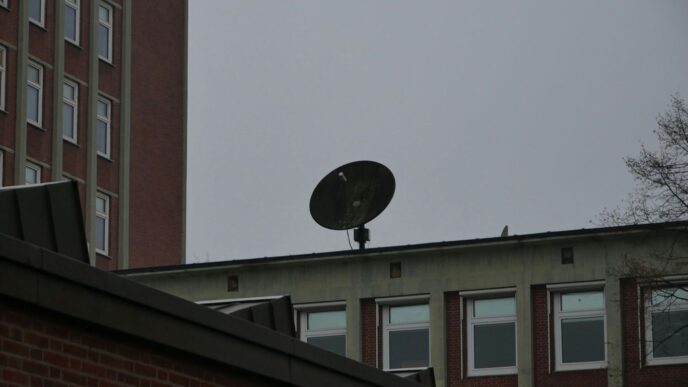The Dawn Of The Space Age

It’s wild to think about how we even got the idea of sending things into space. For the longest time, it was just science fiction, right? But then, some really smart people started thinking about the physics of it all, and suddenly, it wasn’t so far-fetched.
Newton’s Cannonball Experiment
Way back in the day, Isaac Newton was doing some serious thinking about gravity. He imagined firing a cannonball from a really high mountain. If you fired it too slowly, it would just fall back to Earth. But if you fired it fast enough, it would start to curve around the planet instead of hitting the ground. This thought experiment basically laid the groundwork for understanding how an object could stay in orbit. It showed that with the right speed and direction, you could keep something moving around Earth indefinitely, which is exactly what a satellite does.
Here’s a breakdown of Newton’s idea:
- Low Speed: The cannonball falls back to Earth.
- Medium Speed: The cannonball enters an orbit around Earth.
- High Speed (Escape Velocity): The cannonball leaves Earth’s gravity altogether.
Tsiolkovsky’s Rocketry Principles
Fast forward a bunch of years, and you have Konstantin Tsiolkovsky, often called the "Father of Spaceflight." He was a Russian scientist who really dug into how rockets would actually work. In the early 1900s, he figured out the math behind rocket propulsion. His big idea was that rockets needed to be able to carry their own fuel and oxidizer, and that using multiple stages – like shedding empty fuel tanks as you go up – would make them much more efficient for reaching space. Without his work on rocket equations, we wouldn’t have the powerful machines needed to launch anything beyond our atmosphere.
Clarke’s Vision For Communication
Then there’s Arthur C. Clarke, the famous science fiction writer. In 1945, he wrote an article that was pretty mind-blowing for its time. He proposed that if you put a satellite in a very specific orbit, about 35,786 kilometers above the equator, it would actually stay in one place relative to the Earth’s surface because its orbital speed would match the planet’s rotation. He envisioned these ‘stationary’ satellites acting as relays for radio and television signals, connecting the whole world. This idea is the basis for all our modern communication satellites that let us watch TV, make international calls, and use GPS.
| Satellite Type | Primary Function |
|---|---|
| Communication | Signal relay |
| Navigation | Position tracking |
| Earth Observation | Data gathering |
Anatomy Of A Natural Satellite
So, what exactly makes up a satellite, whether it’s zipping around Earth or a distant planet? It’s not just a hunk of metal floating in space. Think of it as a complex machine, a carefully engineered system designed for a specific job.
Attitude and Orbit Control Systems
This is all about keeping the satellite pointed in the right direction and in the right place. It’s like the satellite’s internal compass and steering wheel. They use things like reaction wheels, which are basically spinning flywheels that can change the satellite’s orientation when they speed up or slow down. Magnetorquers are another component, using Earth’s magnetic field to help nudge the satellite into position. Without these systems, a satellite would just tumble aimlessly, unable to do whatever it was sent up to do.
Power and Communication Systems
Satellites need power to run, and most get it from solar panels. These panels soak up sunlight and convert it into electricity. This power then runs all the other systems on board. Communication is obviously key, too. Antennas are used to send data back to Earth and receive commands. It’s how we talk to our robotic explorers and get all those amazing pictures and scientific readings.
Structural Integrity and Thermal Regulation
This part is about making sure the satellite can survive the harsh environment of space. The structure needs to be strong enough to handle the violent ride of a rocket launch and then keep holding together in orbit. Thermal regulation is also super important. Satellites can get incredibly hot in direct sunlight and freezing cold in shadow. So, they have systems with heaters and radiators to keep the temperature just right, so the delicate electronics don’t get damaged. It’s a constant balancing act to keep everything from overheating or freezing.
Pioneering Missions And Discoveries
It’s pretty wild to think about how far we’ve come with satellites. We went from just dreaming about them to actually sending them out to do all sorts of jobs. The early days were all about figuring out the basics, you know? Like, how do we even get something into orbit and keep it there?
Early Weather and Communication Satellites
When Sputnik first beeped its way into history, it really kicked things off. Soon after, we started seeing satellites designed for practical stuff right here on Earth. In 1960, NASA launched TIROS-1, which was basically the first eye in the sky for weather. It sent back pictures that helped us understand storms and weather patterns like never before. Then, in 1962, Telstar 1 came along, showing us that satellites could actually beam signals across the ocean. This was the start of global communication as we know it. Imagine trying to call someone overseas before that – it was a whole different world.
Lunar Exploration and Earth Observation
We didn’t just look down; we started looking up at our nearest neighbor, the Moon. The Lunar Orbiter program, starting in 1966, sent probes to map the Moon’s surface. This was super important for planning those eventual human landings. At the same time, satellites like Seasat, launched in 1972, began keeping a close watch on our own planet. They monitored oceans, ice, and land, giving us a broader picture of Earth’s health and changes over time.
Deep Space Probes and Telescopes
Things really got interesting when we started sending probes way out into the solar system and beyond. The Voyager missions, launched in 1977, are still going strong, exploring the outer planets and even venturing into interstellar space. They carry those famous Golden Records, a kind of time capsule for any alien life that might find them. And then there’s the Hubble Space Telescope, which started its mission in 1990. It’s given us some of the most stunning images of the universe, letting us see galaxies and nebulae in ways we never thought possible. It’s like having a super-powered eye looking out into the cosmos.
Understanding Our Moon
Our Moon, Earth’s only natural satellite, is a constant presence in our sky and a subject of endless fascination. It’s not just a pretty face, though; it plays a surprisingly big role in how our planet works. Think about it – that big, bright orb has been influencing Earth for billions of years.
The Moon’s Gravitational Influence
The Moon’s gravity is about one-sixth as strong as Earth’s. This is mainly because the Moon is much smaller and less massive. If you were on the Moon, you’d feel a lot lighter, which is why those astronaut videos show them bouncing around. But even with its weaker pull, the Moon has a huge effect on Earth, especially our oceans. It’s the main reason we have tides.
Here’s a quick look at how it works:
- Tidal Bulges: The Moon’s gravity pulls on Earth’s oceans. The side of Earth facing the Moon gets pulled more, creating a bulge of water. The opposite side also experiences a bulge due to inertia.
- High and Low Tides: As Earth spins, different parts pass through these bulges, causing high tides. In between, we experience low tides.
- Beyond Oceans: While we see it most in the oceans, the Moon’s gravity also affects Earth’s solid crust, though to a much lesser extent.
Lunar Phases and Rotation
Ever notice how the Moon seems to change shape throughout the month? Those are lunar phases, and they happen because of how the Moon orbits Earth and how sunlight hits it. The Moon actually rotates on its axis at the same speed it orbits us. This is called synchronous rotation, and it’s why we always see the same side of the Moon. The "dark side" isn’t really dark; it’s just the side we never see from Earth because it’s always facing away from us.
Here’s a breakdown of the main phases:
- New Moon: The Moon is between Earth and the Sun. The side facing us is dark.
- First Quarter: Half of the Moon facing us is lit.
- Full Moon: Earth is between the Sun and Moon. The entire face we see is lit up.
- Third Quarter: Again, half of the Moon facing us is lit, but it’s the opposite half from the first quarter.
Potential for Human Habitation
Looking ahead, the Moon isn’t just a celestial body; it might become a place for humans to live. Recent discoveries have shown that there’s water ice, especially in the permanently shadowed craters near the poles. This is a big deal for future explorers and settlers. Having a local source of water could make living on the Moon much more feasible. Plus, the Moon’s relatively stable environment, compared to the harshness of deep space, makes it an attractive stepping stone for further exploration into the solar system. The presence of water ice is a game-changer for any long-term human presence beyond Earth.
The Moon’s Impact On Earth

You know, we often think of the Moon as just this pretty thing in the night sky, but it’s actually doing a whole lot for our planet. It’s not just about the tides, though that’s a big one. The Moon’s gravity is like a steady hand, keeping Earth from going all wobbly.
Gravitational Pull And Tidal Forces
This is the most obvious effect. The Moon’s gravity tugs on our oceans, creating those familiar high and low tides. It’s a constant dance between Earth and its satellite. The side of Earth facing the Moon gets pulled more strongly, creating a bulge of water. Interestingly, there’s also a bulge on the opposite side, which has to do with how Earth is rotating. These bulges are what we experience as tides.
The Sun’s Role In Tidal Patterns
While the Moon is the main player in tides, the Sun doesn’t just sit there. When the Sun, Moon, and Earth line up – like during a new moon or a full moon – their combined pull creates what we call spring tides. These are the extra-high high tides and extra-low low tides. Then, when the Moon is at a right angle to the Sun relative to Earth, during the quarter moons, their gravitational forces sort of cancel each other out a bit, leading to neap tides, which are less dramatic.
Here’s a quick look at how that works:
| Lunar Phase | Alignment | Tidal Effect |
|---|---|---|
| New Moon | Sun-Moon-Earth | Spring Tides |
| Full Moon | Sun-Earth-Moon | Spring Tides |
| First Quarter | Sun-Earth, Moon at 90° | Neap Tides |
| Third Quarter | Sun-Earth, Moon at 90° | Neap Tides |
Slowing Earth’s Rotation
This is a bit more subtle, but the Moon’s gravitational pull is also gradually slowing down Earth’s spin. It’s happening so slowly that we don’t notice it day-to-day, but over millions of years, it’s made a difference. Think about it: a day used to be much shorter! This slowing effect is also why the Moon is slowly drifting away from us, about an inch and a half each year. It’s all connected, this cosmic give-and-take.
The Future Of Satellite Technology
It’s pretty wild to think about how far we’ve come with satellites, right? From those first clunky machines sending back blurry pictures to today’s super-smart observatories, the progress is just mind-blowing. And honestly, it doesn’t seem like things are slowing down anytime soon.
Advancements In Imaging Capabilities
One of the biggest leaps we’re seeing is in how satellites can ‘see’ our planet. We’re moving beyond just basic visual snapshots. Think about hyperspectral imaging. Instead of just seeing red, green, and blue, these new satellites can pick up on dozens, even hundreds, of different light wavelengths. This means we can get incredibly detailed information about pretty much anything on Earth’s surface. Farmers can use it to check crop health down to the individual plant, scientists can monitor water quality with amazing precision, and we can even find mineral deposits more easily. It’s like giving satellites super-vision for understanding our world.
Expanding Our Cosmic Horizons
Satellites aren’t just looking down at Earth anymore; they’re looking further out than ever before. Telescopes like the James Webb Space Telescope are giving us views of the universe’s infancy, showing us galaxies that formed shortly after the Big Bang. Future missions are planned to go even further, perhaps to study exoplanets in more detail, searching for signs of life or understanding planetary formation across the galaxy. We’re also getting better at using satellites for communication and navigation, making global connections smoother and more reliable.
New Eras Of Exploration
What’s next? Well, we’re seeing a trend towards smaller, more specialized satellites, often launched in large constellations. This allows for more frequent data collection and redundancy. Plus, the idea of in-space servicing and manufacturing is gaining traction. Imagine satellites that can be repaired or upgraded in orbit, or even built there. This could drastically extend their lifespans and capabilities. We’re also looking at more ambitious missions, like sample return missions from asteroids or even Mars, all enabled by increasingly sophisticated satellite technology. It feels like we’re just getting started with what these incredible machines can do.
Looking Up and Moving Forward
So, we’ve journeyed from the very first tentative steps into space with Sputnik to the incredible machines we have today, like the James Webb Space Telescope. It’s pretty amazing how far we’ve come, right? Satellites aren’t just distant dots in the sky; they’re tools that help us understand our own planet better, connect with each other, and explore the vastness beyond. Whether it’s keeping an eye on the weather, helping your phone find its way, or searching for signs of life elsewhere, these orbiting wonders are constantly shaping our world and our future. It makes you wonder what’s next, doesn’t it?


